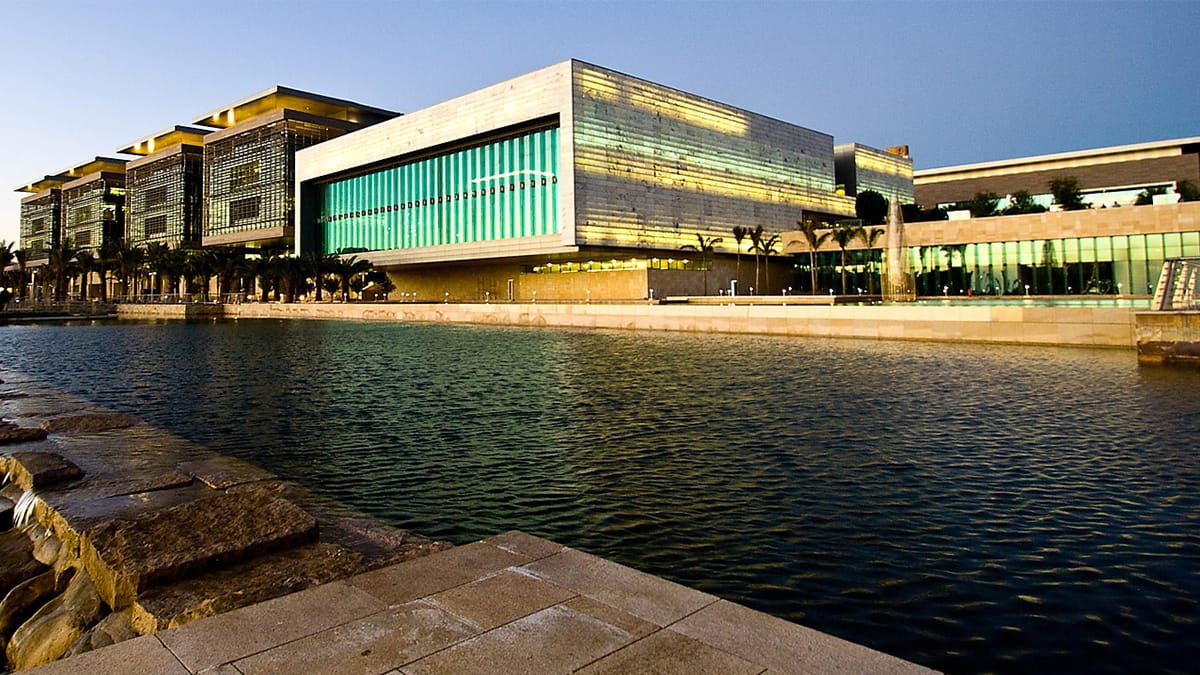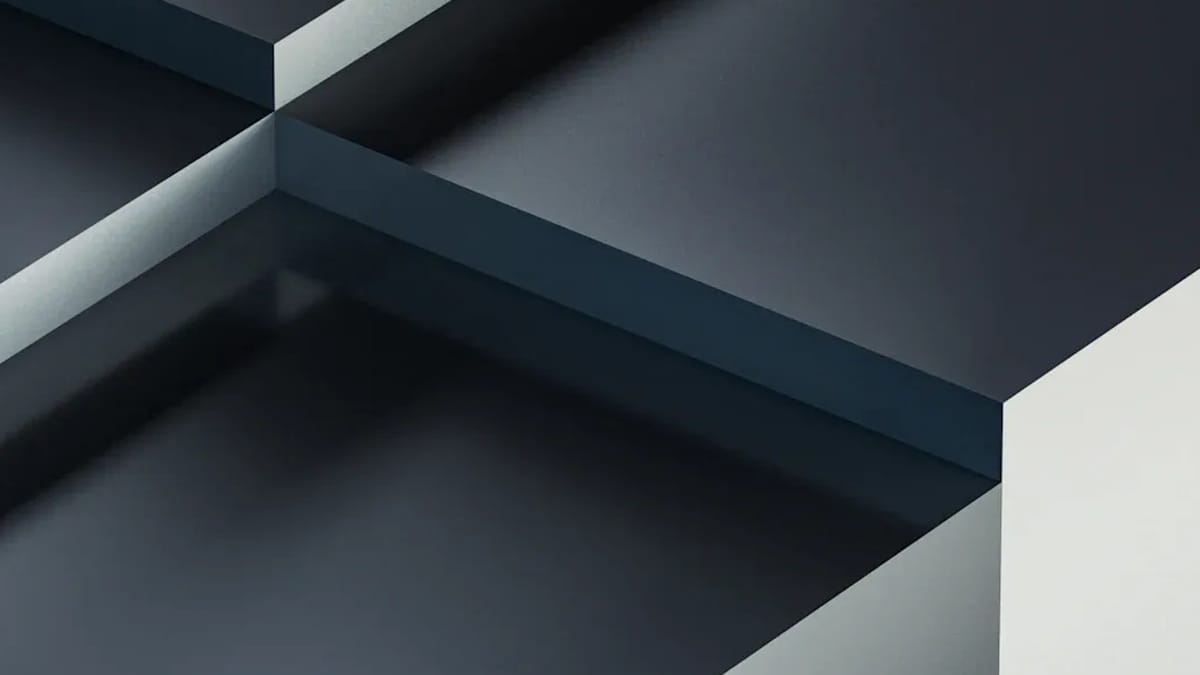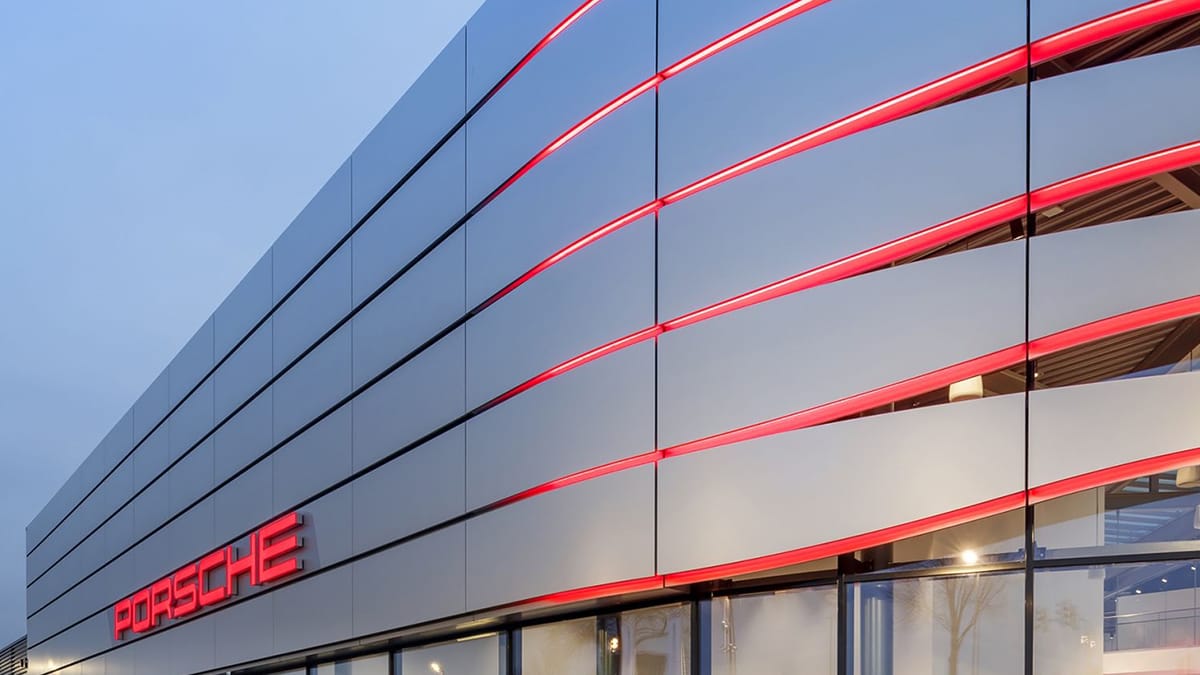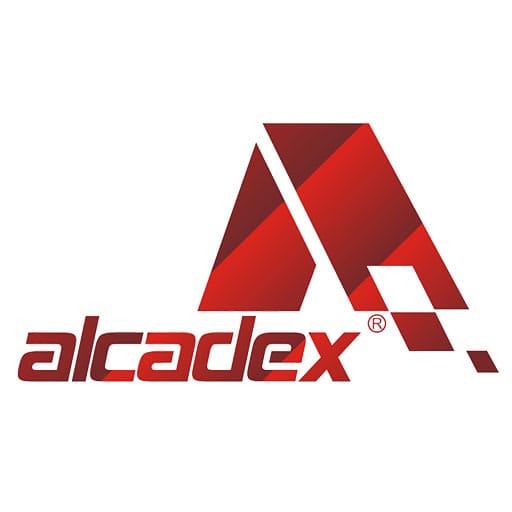
07 Oct Advantages and Disadvantages of ACP Sheet Cladding
Table of Contents
When you look at acp sheet cladding, you’ll spot some clear upsides and downsides. You get a material that stays strong in all seasons, resists stains, and shrugs off most weather. It’s light, easy to install, and needs just a quick wipe to stay clean. On the flip side, you might notice dents or fading after years in the sun. Some people also wish it offered better insulation. If you want a mix of style, affordability, and low fuss, this option could fit your needs.
Key Takeaways
ACP sheet cladding does not weigh much. It is simple to put up. This helps save time and money on jobs.
These panels do not cost a lot. They are often less expensive than old materials. They also need less care as time goes on.
ACP sheets give many design choices. You can pick cool styles and finishes. They work for inside and outside spaces.
ACP sheets last a long time. But they can get dents and lose color. Think about fire safety and insulation before you pick them.
What Are ACP Sheets?
An ACP sheet is an Aluminium Composite Panel(ACP Panel), a flat panel made of two thin aluminium sheets bonded to a non-aluminium core, typically polyethylene. These sheets are used in modern construction for applications like exterior cladding, interior wall panels, and signage due to their durability, lightweight, and design flexibility. They are available in various thicknesses, colors, and finishes
They are strong and can bend without breaking. Each sheet has layers. Every layer has a job to do. Here is a table that shows what each part does:
Component | Contribution to Properties |
|---|---|
Aluminium Layer | Makes the panel strong and keeps it firm |
Core Material | Helps stop fires and blocks noise |
Paint Coating | Stops rust and keeps out rain and sun |
Protective Film | Protects from UV rays |
Thermal Resistance | Helps the panel last longer and stay tough |
Fire Resistance | Makes buildings safer and panels last longer |
Anti-Corrosion | Stops water from causing damage |
Flexibility | Lets you use panels in many ways |
There are two thin aluminum sheets on the outside. The middle part is called the core. The core can be regular polyethylene or a fire-retardant material. This makes the panels light but strong. Special coatings on the outside help the panels handle bad weather. The color stays bright for a long time.
ACP sheets use good materials and smart coatings. This helps the panels last long and look nice, even after many years outside.
Uses in Cladding
You might ask where ACP sheets are used. The answer is almost anywhere you want a modern look and strong protection. Here are some common uses:
Exterior cladding protects your building from wind, rain, and sun.
Interior cladding makes walls, ceilings, and furniture look stylish.
Partitions made from ACP are good for offices because they are light and easy to move.
Signage looks great with ACP sheets because they are smooth and easy to cut.
ACP sheets do more than look nice. They protect buildings from bad weather and are easy to clean. The panels do not fade because of their UV coating. Your building will look new for many years.
“ACP Sheets give buildings a modern look and make them look nice. They are also strong and protect against bad weather. This is why many people use them for building fronts.”
ACP Sheet Cladding: Pros and Cons
 When you think about acp sheet cladding, you probably want to know the real pros and cons before making a choice. Let’s break down what makes this material stand out and where it might fall short for your project.
When you think about acp sheet cladding, you probably want to know the real pros and cons before making a choice. Let’s break down what makes this material stand out and where it might fall short for your project.
Advantages of ACP Sheets
You get a lot of benefits when you choose acp sheet cladding for your building. Here’s why so many people pick it:
Lightweight and Easy to Install
ACP sheet cladding is much lighter than brick or stone. You can move and install these panels quickly, which means you save time and money. You don’t need heavy machines, and your project finishes faster. For tight budgets, this is a big win.Cost-Effective
If you compare costs, acp sheet cladding is usually more affordable per square foot than traditional cladding. For example, aluminum cladding systems can cost $35–$55 per square foot, while concrete can go up to $100. Over ten years, you also spend less on repairs and cleaning.Versatile Design Options
You can pick from many colors, patterns, and finishes. Want a wood look? Or maybe a metallic shine? ACP sheet cladding lets you get creative with your building’s style.Durability and Weather Resistance
These panels handle tough weather. Rain, wind, and sun don’t bother them much. They don’t rust, and the color stays bright for years. The table below shows how acp sheet cladding stands up in different ways:Property
Description
Easy to use for tall buildings
Weather Resistance
Handles rain, sun, and wind well
Strength-to-Weight Ratio
Strong but not heavy
Shock Resistance
Can take bumps and knocks
Vibration Absorption
Reduces shaking and noise
Fire Resistance
Some panels resist fire, which helps with fire safety
Termite Resistance
Bugs can’t eat these panels
Environmental Friendliness
Many panels use recycled materials
Low Maintenance and Long Lifespan
You don’t have to spend much time or money keeping acp sheet cladding looking good. Just clean it with mild soap and water. If you follow a simple care routine, these panels can last 10–20 years, sometimes even longer. High-quality coatings help them stay strong and shiny.Energy Efficiency
ACP sheet cladding can help keep your building cool. The panels reflect sunlight, so you use less air conditioning. This can lower your energy bills by up to 30%. Over time, you save a lot of money.Reinforced Options for Extra Safety
Some acp sheet cladding uses fire-retardant cores. These panels give you better fire safety and more impact resistance. If you want extra protection, look for these reinforced types.
Tip: If you want a modern look, strong protection, and low maintenance, acp sheet cladding checks all the boxes.
Disadvantages of ACP Sheets
Of course, no material is perfect. You should know the main cons before you decide. Here are some things to watch out for:
Denting and Scratches
ACP sheet cladding can dent if something hits it hard. Not all panels are scratch-proof, so you might see marks over time, especially in busy areas.UV Fading
After years in strong sunlight, some panels may fade. The color might not look as bright as when you first installed it. Regular cleaning helps, but it won’t stop fading completely.Limited Insulation
ACP sheet cladding does not block sound or heat as well as some other materials. If you want top-notch insulation, you might need extra layers or a different cladding.Feature
ACP Sheets
Other Cladding Materials
Thermal Mass
Low (less heat kept inside)
High (more heat kept inside)
Reflective Coatings
Yes
Sometimes
Weight
Light
Heavy
Maintenance
Easy
Sometimes harder
Energy Consumption
Lower
Higher
Water Ingress
If you don’t install the panels correctly, water can get behind them. This can cause damage over time. Always check for gaps and seal them well.Environmental Impact
While many panels use recycled aluminum, making and disposing of acp sheet cladding can still affect the environment. Some brands have green certifications, but not all do.Fire Safety Concerns
Fire safety is a big topic with acp sheet cladding. Some older panels have a core that can catch fire. Newer, fire-retardant panels are safer, but you need to check what you’re buying. Building codes now require strict fire safety tests for cladding. Always ask for proof of fire safety before you choose a panel.Regulatory Challenges
Rules for fire safety and building codes keep getting stricter. Some manufacturers struggle to keep up, which can make it harder to find approved panels. You need to make sure your acp sheet cladding meets all local rules.
Note: Always talk to a professional about fire safety and installation. Picking the right type of acp sheet cladding can help you avoid most of these problems.
So, when you weigh the pros and cons, acp sheet cladding gives you lots of benefits, but you need to pay attention to fire safety, installation, and long-term care.
Applications of ACP
ACP is used in many places . People like it for new buildings. It works outside and inside. Let’s see where you can use ACP.
. People like it for new buildings. It works outside and inside. Let’s see where you can use ACP.
Commercial Buildings
You see ACP a lot in business buildings. Tall buildings use ACP because it is light. This means the building does not get too heavy. You can put ACP on pillars, ceilings, and office walls. These panels help make cool rooms and strong signs. ACP is good for canopies, displays, and wrapping columns. Architects can make fun shapes with ACP. It is cheaper than many other materials. ACP lasts a long time and does not stain. You do not spend much on fixing or changing it. The panels look nice even when the weather is bad.
Tip: If you want a bright and strong outside, ACP panels are a good choice for cladding.
Residential Projects
ACP is not just for offices. You can use it at home too. These panels keep your house safe from heat and rain. ACP does not rust, so you do not worry about that. It blocks UV rays, so colors stay bright. Cleaning ACP is easy and you do not need to do much work. Here is a table that shows how ACP helps in homes:
Feature | Benefit |
|---|---|
Corrosion Resistance | No rust, even in wet places |
Weather Resistance | Handles sun, rain, and wind |
Maintenance | Easy to clean, stays nice for years |
ACP stops water from getting inside. Other materials may not do this as well. If you want better fire safety, pick special ACP panels.
Signage and Interiors
ACP is used for signs everywhere. Stores and billboards use ACP because it is light and simple to put up. The smooth surface makes pictures and words look clear. Inside, ACP gives you many colors and finishes. You can use it for furniture, wall panels, and kitchens. ACP is strong and does not get damaged by water. This keeps rooms clean. If you want a modern look that lasts, ACP is a smart pick for signs and inside spaces.
ACP panels help your signs look great and your rooms stay new. You get style, strength, and easy care all together.
Installation and Maintenance Tips
Installation Best Practices
Getting the installation right is the first step to making your ACP sheet cladding last. You want your panels to look sharp and stay strong. Here’s a step-by-step guide to help you get the best results:
Start at a corner. This helps you keep everything straight. Use a spirit level to check your alignment.
Use both fasteners and adhesives. This gives your panels extra strength. Don’t tighten fasteners too much, or you might bend the panels.
Keep even gaps between panels. Spacers help with this and let the panels expand when the temperature changes.
Cut panels from the back. This stops scratches and keeps the front looking clean. Measure each opening carefully.
Seal every joint with a high-quality sealant. This blocks water and air from sneaking in.
Check the alignment before the sealant dries. Fix any panels that look off.
Clean the surface with mild soap and a soft cloth after installation.
Tip: If you choose panels from reputable brands and hire professional installers, you boost the quality and durability of your cladding. Sherabond’s certified teams show how proper installation can make a big difference in how long your ACP panels last.
Maintenance Guidelines
You want your ACP sheet cladding to stay looking fresh and strong. Good maintenance keeps problems away and saves you money. Here are some easy steps:
Pick panels with PVDF or FEVE coatings. These coatings give you better weather resistance and help stop fading.
Look for UV-resistant coatings and fire safety ratings when you buy panels.
Avoid dark colors. They soak up more heat and can fade faster.
Seal the edges well. This keeps moisture out and stops swelling or delamination.
Wash off loose dirt with pure water. Use a soft sponge and mild soap for tough spots.
Clean from top to bottom. This stops streaks. Rinse with clean water.
Check screws, seals, and surfaces often. Fix anything loose or damaged right away.
Here’s a quick look at how ACP compares to other materials for maintenance costs:
Material | Long-Term Cost | Maintenance |
|---|---|---|
Wood | High | High |
Stone | High | Low |
Concrete | Moderate | Low |
ACP | Low | Low |
Note: Regular cleaning and quick repairs help you keep the quality of your cladding high. If you follow these tips, you’ll spend less on maintenance and enjoy a building that looks great for years.
ACP sheet cladding gives you a strong mix of style, durability, and easy care. You get panels that last, look sharp, and handle tough weather. Still, you need to think about fire safety, insulation, and panel quality before you choose. Here are the top things to check:
Material quality
Panel thickness
Surface coating
Fire resistance
If you want a modern look and low maintenance, ACP works well for homes and offices. For better insulation or chemical resistance, you might pick HPL or stone. Talk to a pro before you decide. Compare your options to find the best fit for your project.
FAQ
What makes acp sheets different from other cladding materials?
Acp sheets are light and have strong aluminum layers. They give you more style choices than stone or wood. Aluminum composite panel cladding looks modern and is easy to clean.
Can you use acp panels for both inside and outside projects?
Yes, you can use acp panels outside or inside. They work for walls, signs, and furniture. Aluminum composite panel sheets are good for kitchens, offices, and building fronts. You get strong panels and nice looks everywhere.
How do you keep acp sheets looking new?
Use mild soap and water to clean acp sheets. Wipe the panels with a soft cloth. Aluminum composite panel surfaces do not stain or fade easily. Clean them often to keep them shiny.
Are acp panels safe for homes and offices?
Acp panels are safe if you pick fire-retardant cores. Aluminum composite panel sheets follow strict safety rules. Always check safety ratings before you buy panels.
What should you check before installing acp sheets?
Look at the quality of aluminum composite panel sheets. Check thickness, surface coating, and safety features. Make sure your panels meet local safety codes. Good installation stops water damage.


